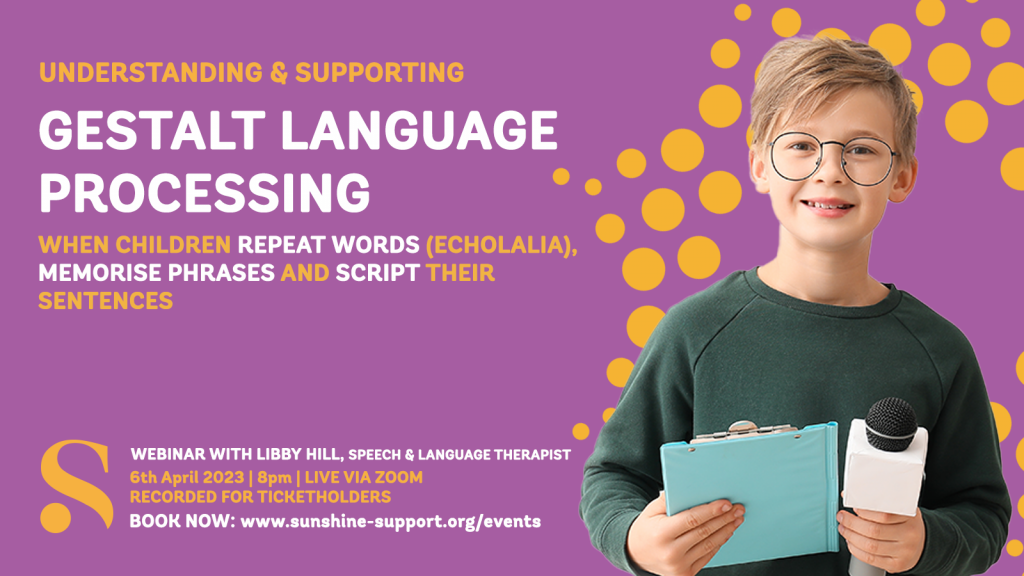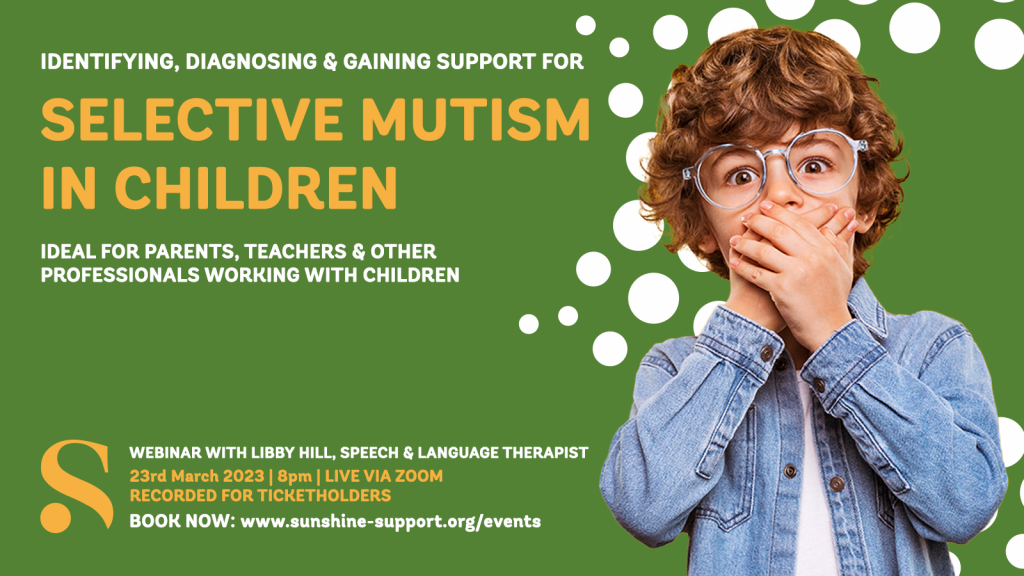Many parents think an EHCP is the golden ticket that dreams are made of… They are wrong. Let me explain why…
“I have a golden ticket!!”
Actually, you don’t.
Not unless, that is, you have a detailed EHC plan with a section regarding specified, quantified and qualified provision!
What is an EHC plan, you ask?
An Education Health Care Plan is a legally binding document between the local authority and local health authority that outlines and identifies your child or young person’s interests, special educational needs, and sets out all the additional support needed to meet all of those needs. In essence, it is a detailed guide all about your child or young person.
However, like I said to begin with, an EHCP is NOT a golden ticket . They do not provide an instant and perfect reward. They take time, energy and effort to create and get right. The process is not always a straightforward one and requires meticulous care and rigorous research to complete correctly to ensure that your child or young person receives the support they need.
As parents we are lead to believe once you have an EHCP everything will be fine, but that’s not the case. There’s so much more to it than that, and anyone who has read the SEND Code of Practice will know that it can be a real minefield.
The Structure of an EHC Plan
If you are not familiar with an EHC plan, there is no specific format they must take. However, it must have certain sections that are labelled clearly. There are 11 sections in total ranging from A to K. All the sections are important, but section F and section B are crucial to get right as they are so often “completed” incorrectly. Section B sets out all the child or young person’s special educational needs, outlining their areas of difficulty in accessing learning. Section F outlines all of the special educational provision required to meet all the child or young person’s needs.
One important thing to note is the use of the word ‘needs’. We cannot stress enough that when we are talking about needs, we are talking about the difficulties that a child faces and not they’re day to day basic needs. This is crucial knowledge to be aware of as without it section B could be completed incorrectly.
Section F – Special Educational PROVISION
Section F should outline ALL of the special educational provision required to meet ALL the child or young person’s needs. In the SEND Code of Practice, paragraph 9.61 states that
“EHC Plans should be clear, concise, understandable and accessible to parents, children, young people, providers and practitioners. They should be written so they can be understood by professionals in any Local Authority”. Paragraph 9.69 then goes on to state that in Section F “provision must be detailed and specific and should normally be quantified, for example, in terms of the type, hours and frequency of support and level of expertise, including where this support is secured through a Personal Budget”.
Legally Correct Wording
You do not have to be an expert to see that the law is quite clear when it comes to how specific provision should be. So why is it that time after time unclear and unspecific language is seen in EHC plans? Terminology such as “opportunities for”, “access to”, “regular” are vague and do not specify anything yet they are frequently used. Regularly brushing your teeth would imply brushing them twice a day but a regular dental check-up suggests twice a year. There is an ENORMOUS difference. The danger that comes with non-specific language is that it will result in very limited or no provision at all. All provision must be clear and leave no room for doubt.
If you need any advice on this, remember we are here. Click here to request a call from our expert SEND team. You can also access other useful resources here.
Specify and Quantify
It’s essential that you focus on two words when checking the plan… “specify and quantify”. For example, if a child or young person needs speech therapy, how much do they need? How often do they need it? When do they need it? How frequently do they need it? Where will they have it? Whom will deliver it? How often will it be reviewed? When will it be reviewed? All these must be answered with specific names, dates, times. Only when provision is specified can it then be enforced. Woolly wording leads to woolly provision!
The importance of clarity
Another important reason to ensure that provision is specific is so that anyone and everyone who needs to understand it, can understand it. It is imperative that parents, young people, teaching staff can comprehend what needs to be delivered, how often, who by, how long for etc. A plan with provision sections that are vague will be of no use. A plan with detailed and specified provision allows you to see when provision is inadequate or not being delivered in the way it should.
Detail, Detail, Detail.
The common theme throughout is detail, detail and YES, more detail. An EHCP without specified and quantified provision is pretty much useless. Once an EHCP is completed with specified provision, it then becomes an essential tool to ensuring your child or young person is getting the proper education they need and deserve!
If you want more information on EHCPs, we have created some fantastic and easy to read fact sheets regarding EHCPs and Educational Health and Care Needs Assessments. Download them below.





